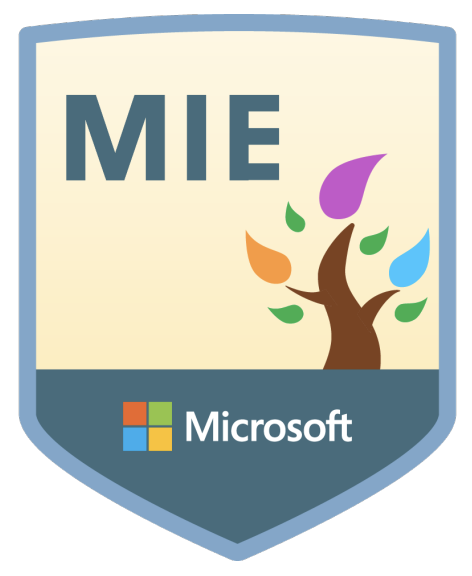For me, the answer was our daily schedule. Our traditional school schedule had students visiting 7 classes for 50 minutes a day with a common period in the middle of the day for lunch and activities. As we started to brainstorm we set out with a clear finish line, knowing what the total number of minutes needed to look like, and began to work backwards.
We did not take our traditional schedule and move it online. Asking students to sit in front of a computer for 7+ hours, as if they were in class was not an option we thought was viable or in the best interest of our students. We sought feedback and ideas and we completely changed how time was allocated. Students had learning experiences designed that ultimately took up the same amount of time, but we organized the time in a completely different way.
Content Hour was one of the biggest “wins” we saw emerge for our students in some courses, but not in all of them. In the beginning, I believe we should have offered additional learning and collaborative time for teachers to share their ideas about content hour with each other. As a school community, I think we also could have established clearer expectations and set norms for the content hours.
Developing the schedule was not easy and involving our stakeholders throughout the process was critical. When I saw the "Stages of Thinking" that Farnam Street published, I found it correlated with the process we went through. During step 2, the tempting thing to do was to just go with a block schedule and spread the time out throughout the day.
Moving forward, I want to continue to work on increasing student agency and giving students flexibility in where they spend their time when they walk through our doors. (And, thank goodness they will be walking back through our doors. Not to mention NEW DOORS!)
What is a leap that your school took during the pandemic, what did you learn from it?










 RSS Feed
RSS Feed
